BEHIND THE LINES: The growing cooperation and solidarity between New Delhi and Jerusalem is not only a function of shared tragedy.
November 26 marks 13 years since the terror attacks in Mumbai, India. On that night, in 2008, 10 gunmen associated with the Lashkar-e-Taiba (LeT – “Army of the Righteous”) organization attacked five locations in the city, firing at random, with the simple intention of killing the maximum number of people . The attackers deliberately targeted areas of the city frequented by foreigners, evidently with the intention that this would maximize the global impact of their actions.
Among the sites targeted was Nariman House, known also as “Chabad House.” Six Israeli citizens were tortured and murdered at this site, which had been deliberately selected by the organizers. Among the dead Israelis were Rabbi Gavriel Holtzberg and his wife Rivka, who managed the Chabad House. Sandra Samuel, an Indian citizen who worked as a nanny for the Holtzbergs, famously risked her own life to save their then two-year-old son, Moshe.
The Mumbai attacks did not conclude on the evening of November 26, 2008. Rather, the gunmen took hostages and held off the Indian security forces for three days. The final death toll was 165 killed, consisting of 140 Indian citizens and 25 foreign visitors. Nine of the 10 gunmen were also killed. The 10th was apprehended by the authorities, convicted of murder, and executed four years later.
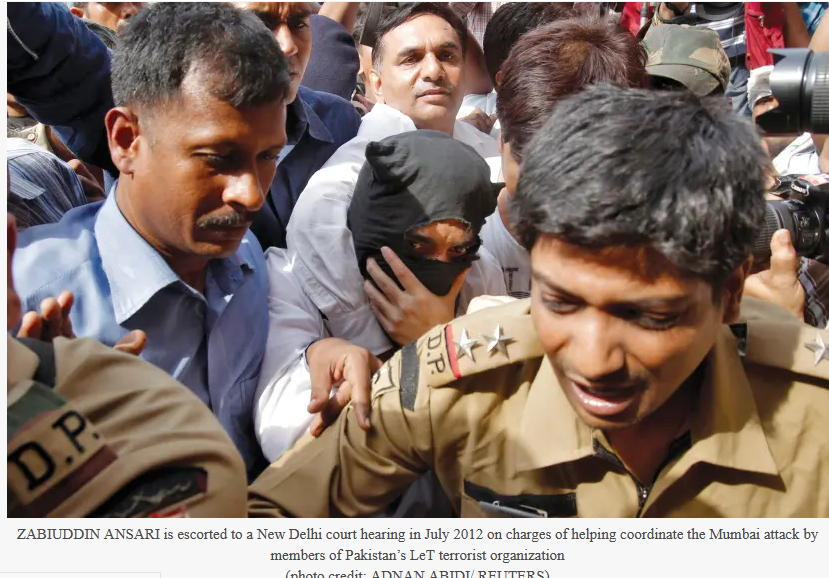
The Mumbai attacks were a profoundly traumatic event seared in the memory of the people of that city, and of India as a whole. Meanwhile, 13 years on, many unanswered questions remain regarding the perpetrators of the attacks, and who stood behind them.
The direct responsibility of the Sunni Islamist LeT group for the Mumbai killings is not in doubt. The captured gunman, Ajmal Kasab, admitted his membership of this organization, and described in detail the process in which he and his colleagues had trained in Pakistan, and set out for the attacks from Karachi, the capital of Pakistan’s Sindh province.
An Indian investigation confirmed LeT’s responsibility for the attacks. Subsequent pressure from the United States and United Nations on Pakistan led to the arrest of a number of LeT members on Pakistani soil. In 2009, Pakistan released the results of its own investigation, also confirming the organization’s responsibility for the attacks.
But while the direct responsibility of LeT terrorists is not in doubt, solid evidence has emerged that this organization did not act alone. Rather, a close relationship between the group and the Pakistani Inter-Services Intelligence organization, or elements within that organization was maintained before, during and subsequent to the attacks. The ISI is Pakistan’s premier intelligence agency.
Kasab, in his interrogation by the Indian authorities and to FBI officials, confirmed that the Mumbai operation was directed from Karachi, using telephone and internet communication. According to Steve Coll, a US journalist specializing in Pakistan’s links with terror groups, the digital trail suggested that the individuals directing the attacks from Mumbai were serving operatives of the ISI. Coll notes in his book Directorate S that western officials confronted Pakistan with the relevant intercepts. No systematic investigation followed.
David Coleman Headley (born Daood Gilani), a Pakistani and US citizen charged and convicted in 2009 in a US court of carrying out surveillance for LeT prior to the attacks, offered additional extensive details of the group’s links with the ISI.
According to Headley’s testimony, serving ISI officers assisted in the funding and planning for the attacks. One of the officers named by Headley, referred to by him as “Major Iqbal,” directed and funded the attacks, and personally selected the targets. Headley was according to his own testimony dispatched on five reconnaissance missions into Mumbai by Iqbal, in order to select the targets later attacked by LeT in November, 2008.
According to Headley, incidentally, Iqbal specifically chose the Nariman Chabad House as a target because he claimed that it was a front for the Mossad. Headley further revealed that subsequent to the attacks, Iqbal tried to set in motion an LeT attack on the offices of the Jyllands-Posten newspaper, which had published pictures of Mohammed, the prophet of Islam.
In addition to the details regarding Major Iqbal, David Headley gave a number of names of serving ISI officers engaged in offering assistance to LeT. These names included Major Sameer Ali, who Headley said recruited him, and Sajid Mir.
Headley’s claims regarding the ISI role in the attacks were later independently confirmed by an additional LeT operative, Zabiuddin Ansari. This individual was an Indian citizen. He fled to Pakistan in 2006, and was extradited from Saudi Arabia to India in 2012.
Ansari testified that the weapons and ammunition used in the attack had been provided by ISI. Ansari further confirmed that ISI officials were present in the LeT’s Karachi control room during the three days of the attack. Ansari, in India and independently of David Headley’s account, named Major Sameer Ali as one of the officers present. Ansari claimed that he had himself been tasked by Ali with teaching a number of simple Hindi phrases to the Pakistani participants in the attacks, to enable them to make statements to Indian media during the course of the attacks and subsequent siege.
While the support and direction offered LeT by serving officers of ISI appears confirmed, debate remains as to the extent to which ISI as a whole, and therefore the Pakistani state itself, should be seen as backing the group, or whether the situation depicted by Headley and Ansari shows the existence of an element within ISI supportive of the terror group. There is not necessarily a simple dividing line in this regard. Some analysts have pointed to the existence of a specific, formally organized wing of ISI, namely the “S” or security wing, which is directly responsible for the relationship with LeT.
Recommended by
The line taken by the Pakistani authorities, when pressured by the US to investigate the issue and presented with clear evidence of ISI operatives’ involvement, has been that “rogue operatives” within ISI were responsible.
Ultimately, the issue of whether elements within the ISI, or the ISI itself, planned, assisted and directed the Mumbai attacks remains an unresolved one, with coherent points made on both sides of the debate. But either way, the picture is grave. If the latter is the case, then Pakistan is a state sponsor of terror. If the former, then the Pakistani state is unable to account for terror supporting activities which led to the deaths of hundreds of people, undertaken by serving officers in a premier state institution.
The strategic relationship and partnership between Israel and India has grown exponentially since 2008. The Mumbai attacks nevertheless continue to symbolize a certain commonality which remains at the core of relations. Both India and Israel are non-Muslim countries, located respectively on the eastern and the western boundaries of the Islamic world’s heartland. Both are therefore required to grapple with the fallout from the ongoing, often catastrophic encounter of much of that world with modernity, and its resultant challenges.
Partly or fully collapsed states, whose territory and institutions come to form incubators for violent paramilitary groups are one symptom of this larger malaise. The results of this reality were made starkly manifest in Mumbai on November 26, 2008. There have been ample subsequent examples, up to and including the very recent past. The growing cooperation and solidarity between New Delhi and Jerusalem is not only a function of shared tragedy. The memory of the Mumbai attacks, nevertheless, and the circumstances which spawned them are likely to remain a significant pillar in the broader structure of the relationship between Israel and India.
By JONATHAN SPYER
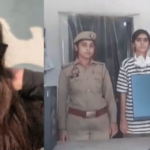
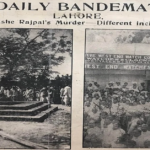



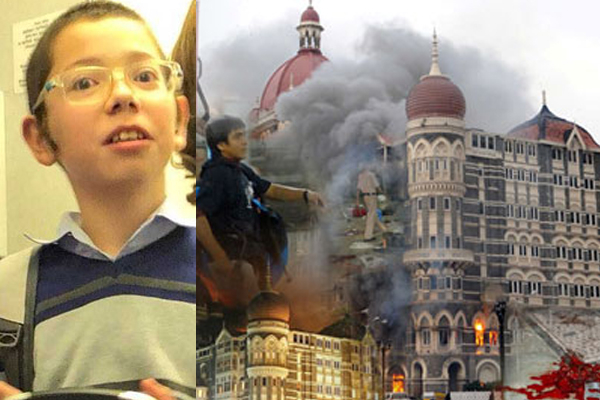
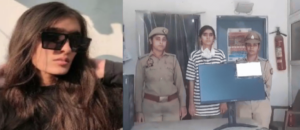
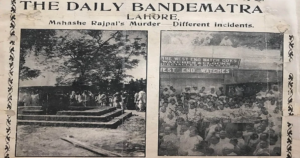


More Stories
Shikha Maitreya arrested for inciting people to sexually abuse newborn babies, has a YouTube channel named ‘Kunwari Begum’
Why are right-wing parties winning the European Union elections?
What message is the movie Maa Kali going to give?